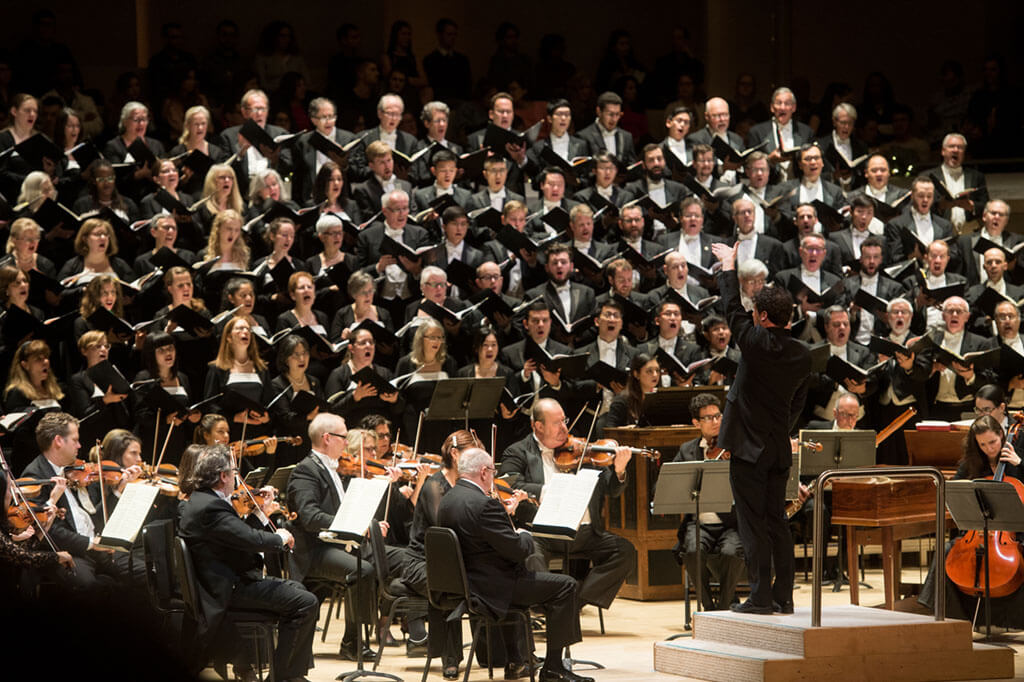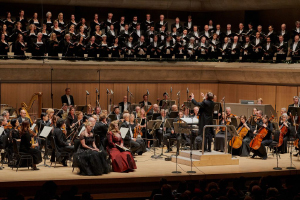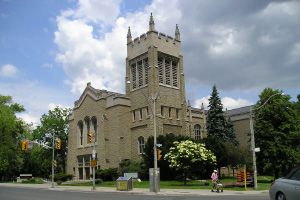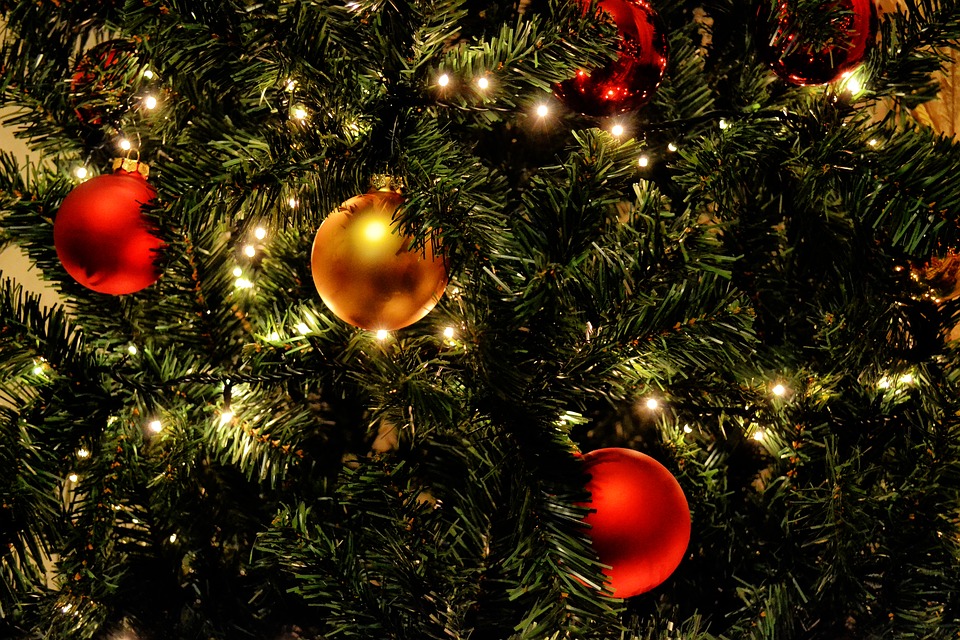Arthur Kaptainis, Ludwig Van Toronto.
In the age of sexed-up and dumbed-down Messiahs, it is good to be reminded how utterly self-refreshing Handel’s masterpiece is when addressed by the right personnel under a conductor with something to say. Such were the conditions that prevailed Monday in Roy Thomson Hall, where Matthew Halls led the Toronto Symphony Orchestra, Toronto Mendelssohn Choir and a crack quartet of Canadian soloists in through a performance that could fairly be called electrifying.





